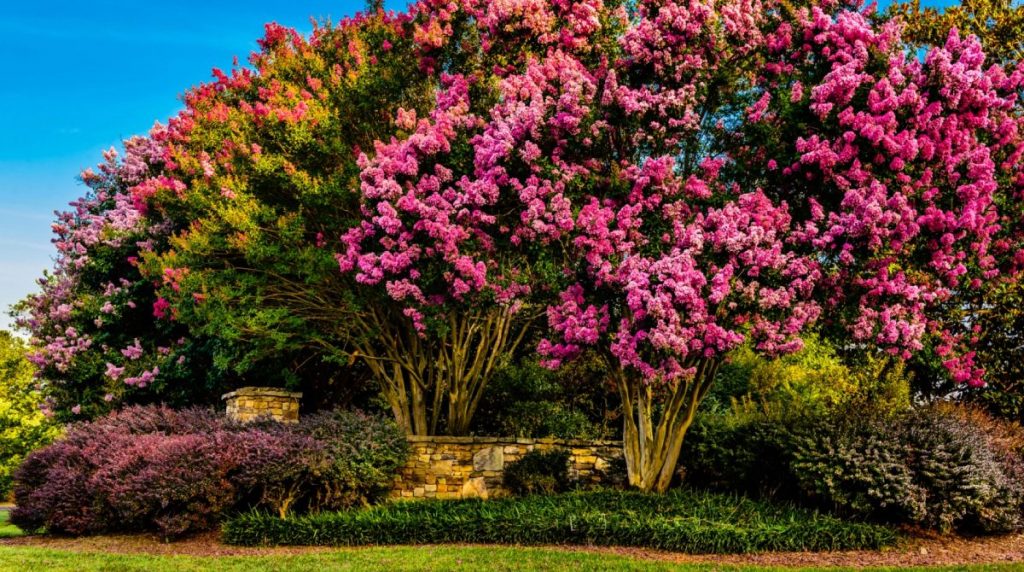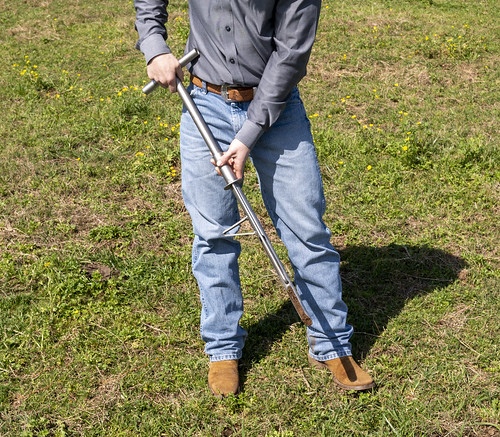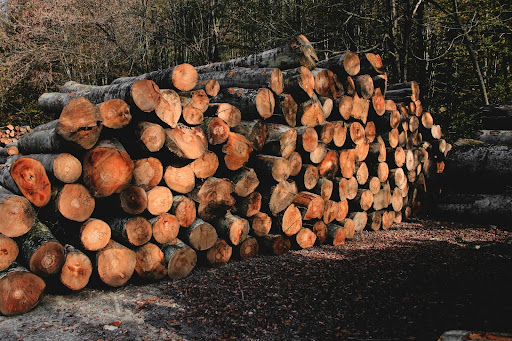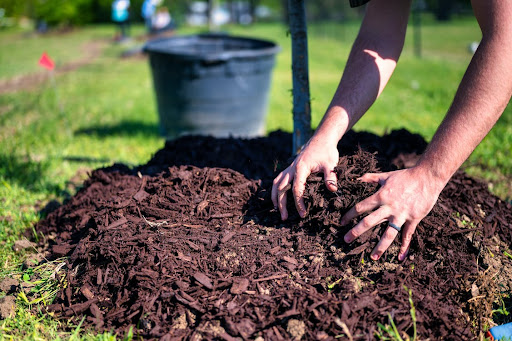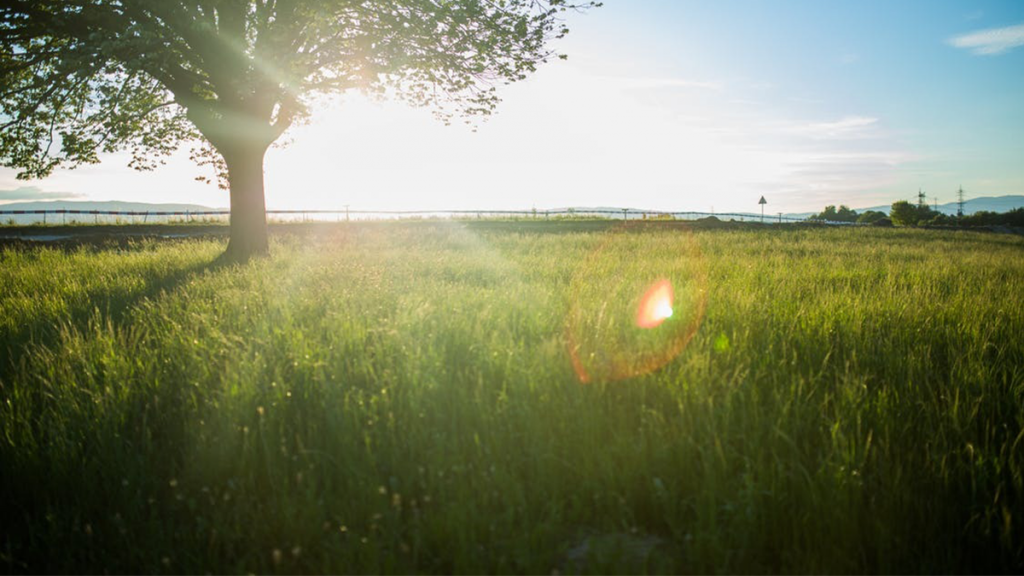
Date August 18, 2020
Category
Summer is among us and if you’re like many homeowners, you’re spending more time outside and enjoying your property’s trees. Being outdoors and lounging underneath the shade created by your trees may make you think about what tree maintenance tasks need to be performed on trees in the summer. While keeping tree care at the front of your mind is always important, our tree doctors are here to dispel some common rumors and tell you what not to do to trees in the summer, as certain tree maintenance tasks should be avoided during our hottest months. Continue reading to learn more.
- Don’t Over Water Your Trees in the Summer
As our tree doctors will tell you, proper tree watering is an important tree care task every day of the year. However, some local residents think since we’re prone to hot and humid summers here in North Texas, that you should water your trees in the summer more than you would water them any other time of the year. This isn’t true.
Just as underwatering your trees can be harmful to their health, so can overwatering be harmful to your trees. To know whether or not your trees need to be watered, stick your hand in the soil surrounding their roots. If the soil is soggy or damp, the tree has enough moisture and doesn’t need to be watered at that particular moment. However, if the soil around the roots of the tree is dry, make sure to water the tree slowly so it gets enough moisture to grow and thrive through our hot Texas summers.
- Don’t Prune Your Trees in the Summer Unless it’s for an Emergency
Another important tree maintenance item on the “what not to do” to your trees in the summer is to prune them – that is, unless there’s an emergency.
Here’s the situation. Most species of trees that grow here in North Texas are very active during our summer months. They bloom, flourish, and have lush canopies during our summers. Pruning them for regular tree maintenance or to achieve an aesthetic look during the summer can inadvertently lead to over-pruning. This can cause your tree to go into shock, which makes it more susceptible to developing a pest infestation or tree disease, both of which are more prevalent during the summer.
However, sometimes pruning trees in the summer is unavoidable. This is especially true if you have a tree with broken or diseased limbs or limbs that are causing a hazard to the people or structures on your property. If you have a tree that needs summer pruning due to one of these types of tree emergencies, we recommend you call our tree doctors to do the job carefully and properly to best avoid pest infestations and tree disease.
- Don’t Plant New Trees in the Summer
Here in Texas, mature trees have a hard enough time surviving our hot and humid summers. That’s why another item on our list of what not to do to trees in the summer is to plant new ones.
You see, new trees need ideal growing conditions to take root and thrive. Our high temperatures, summer storms, and periods of drought just aren’t the best conditions for new trees to flourish. If you want to plant new trees, talk to our tree doctors about the best time of year to plant them, depending on the specific tree species you have in mind.
- Don’t Forget to Mulch Your Trees in the Summer
One of the most important tree maintenance tasks you can do is regularly mulch your trees. While ideally, this should be done in the spring, it’s not too late to mulch trees in the summer.
Mulching does more than add curb appeal to your home. By mulching, you’re helping your trees absorb and retain moisture. You’re also protecting the soil surrounding your trees from the harsh summer temperatures.
- Don’t Forget to Inspect Your Trees in the Summer for Pest Infestations and Storm Damage
Our tree doctors are here to remind you that trees in the summer are susceptible to a variety of pest infestations and fungal infections. You should make sure that you inspect your trees during the summer for signs of these issues.
Common signs of pest infestations include:
- Holes in the tree trunk.
- Withering leaves.
- Branch and tip dieback.
- Premature leaf drop.
- The presence of sticky sap or honeydew.
- A coating of sooty mold.
- Visually seeing pests on your trees or in their canopies.
Common signs of fungal infections include:
- Tree leaf spots.
- Seeping fluid coming from your tree.
- Hard, gray growths on your tree.
- Tree bark is peeling away from your tree’s trunk.
- The appearance of black flowers or shoots.
- Light brown shelves near the base of the tree.
- Tree leaves that are yellow or brown in color.
- The presence of powdery mildew on your tree’s leaves.
It’s also important to check your trees for storm damage in the summer. Heavy winds and lightning strikes can damage tree limbs and cause them to break partially or totally. If you have damaged tree limbs, you need to call our tree doctors for emergency tree pruning.
Contact Our Tree Doctors if You Need Tree Care Help This Summer
There are many reasons you may need the assistance of our tree doctors to perform important tree maintenance tasks on your trees in the summer. Perhaps your trees aren’t getting proper nutrition, and need fertilization and tree root aeration. Or, while you know regular tree maintenance isn’t recommended for trees in the summer, you may have a tree emergency that necessitates the immediate removal of broken or damaged limbs. You may also have trees that are showing signs of tree infestations or fungal infections that require immediate intervention from our tree doctors.
Whatever your unique tree care needs this summer, our three doctors, who are ISA-Certified Arborists, are here to help. To reach us for any summer tree care need, or to learn more about what not to do to your trees in the summer, call us today at tel:(817) 592-6846.
To learn more about What Not to Do to Your Trees During the Summer, call our Argyle and Southlake
based teams at tel:(817) 592-6846 or send us a message.
We’re a little different than the average tree services company.
Learn more about TreeNewal’s ISA Certified Arborists!
Our Dallas/Fort Worth-based tree doctors can explain how sustainable tree care services add more value to your bottom line.
Healthy trees, healthy lives.
